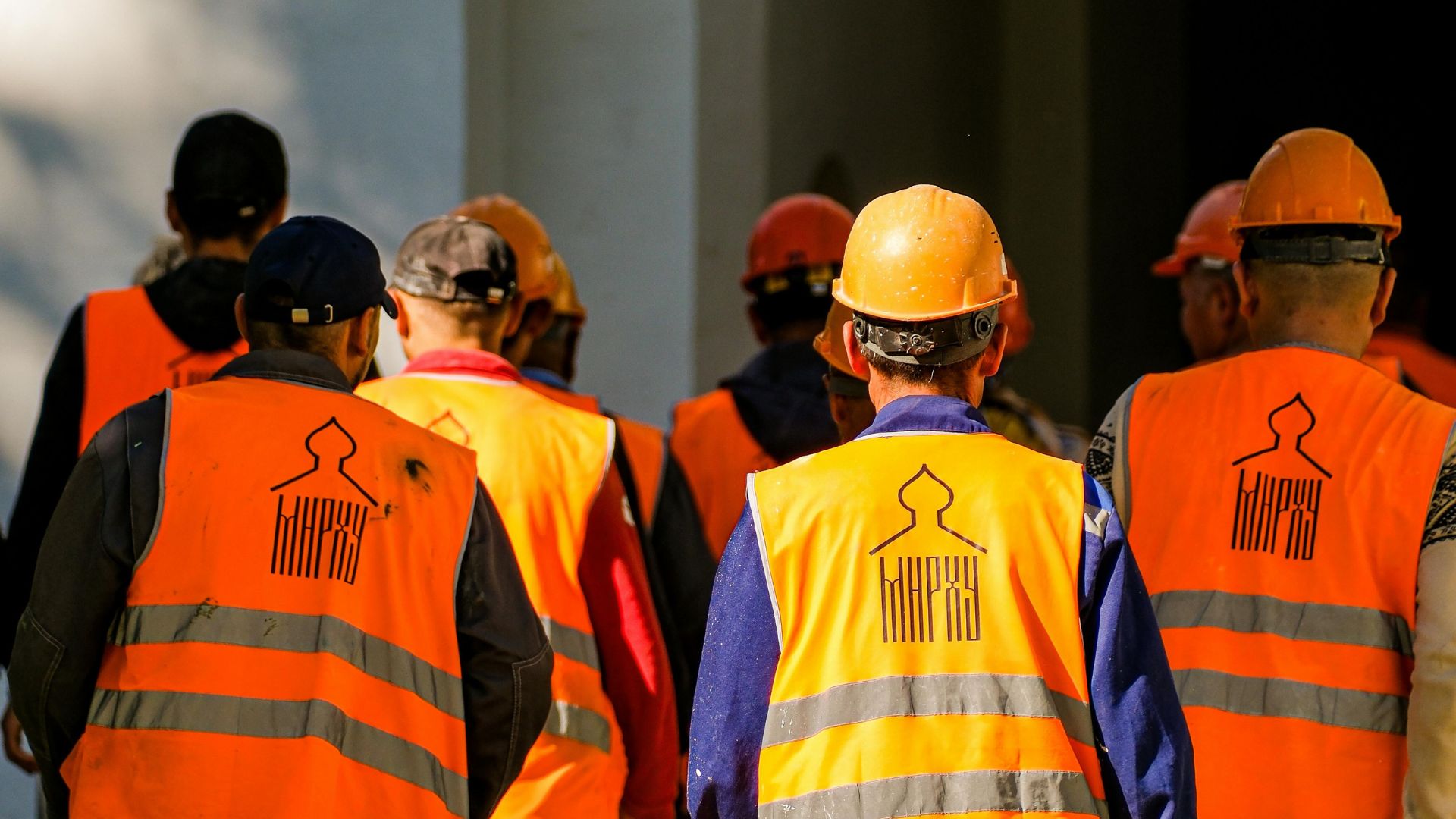.webp)


Employee attrition has been at the forefront of concern for organizations lately.
Between the Great Resignation, newfound viability of remote work, and over-hiring during the pandemic, companies in nearly every industry are re-prioritizing talent retention to improve turnover rates and reduce employee attrition.
One of the more concerning forms of attrition is regrettable attrition.
Here we'll go over what it is, how it can affect teams, and steps companies can take to reduce overall regrettable attrition rates.
Let's get into it!
What Is Employee Attrition?
Your employee attrition rate is a measurement of how quickly and by how much your workforce shrinks over a defined time period. Essentially, attrition happens when more employees leave than are hired on a consistent basis.
This can happen for any number of reasons — retirement, employees taking new opportunities, being replaced by automation, and more.
While attrition is a natural part of any company's workforce lifecycle, a high regrettable attrition rate is unhealthy for an organization.
.webp)
What Is a Regrettable Attrition Rate?
There are a few types of employee attrition, but by far the most concerning for any company is regrettable attrition, otherwise referred to as regretted attrition. Regrettable attrition is the rate at which highly valued employees, who you would rather retain, leave and are not replaced.
Ultimately, high regrettable attrition rates are indicative of underlying organizational issues. If top talent is consistently departing, it should set off alarm bells and steps should be taken to identify why it's happening.
Here are some of the most common reasons that should first be considered:
- Poor company culture
- Uncompetitive wages/benefits
- No defined career progression
- Lack of employee engagement
- Employee burnout
- Bad managers
- Overall job dissatisfaction
.webp)
The Cost of Regrettable Attrition
High regrettable attrition rates affect a number of areas within an organization; ones that are often unseen or ignored.
- Team culture — When a highly valued employee leaves an organization, the gap they create isn't just in their day-to-day duties. It's a loss of a valued interpersonal relationship with the rest of their team. Perhaps that employee was able to motivate employees better than most; maybe they were able to keep people calm and focused during times of crisis; maybe they were just a genuinely fun person to be around. All of these factors and more create a team's experience in ways that are difficult to measure but easy to identify.
- Productivity — The Great Resignation has shown the world how employee burnout creates a chain reaction within a team or organization. When one employee leaves, the rest are left to pick up the slack. But when that position stays vacant, existing team members tend to burn out quicker and become more likely to leave as well. This cycle drains productivity and morale, ultimately increasing turnover and attrition rates.
- Bottom line — All of these factors and more will eventually lead to a damaged bottom line. If, for example, poor company culture is the reason for an organization's attrition rates, it not only becomes harder to retain talent but also becomes harder to recruit. Word tends to get around, and if your business is known for problematic behavior among leadership or for fostering a toxic culture, people won't want to work for you.
.webp)
So, How Do You Reduce Regrettable Attrition?
There's no one-size-fits-all solution to reducing regrettable attrition.
It's a complex issue that depends upon the industry and even the size of a company. But there are some steps you can take to ensure top talent is being retained and engaged so that you can prevent regrettable attrition as much as possible.
1. Offer Benefits That Have Tangible Effects on Employees' Lives
Competitive wages and creative workplace benefits are two of the more significant tools for talent acquisition and retention. As a matter of fact, a recent survey from LinkedIn found that candidates value compensation and benefits as the top priority when considering a workplace.
Benefits such as health insurance, PTO, sick leave, etc., are all fairly standard, but what can make your company stand apart from competitors is offering creative benefits that have immediate impacts on your teams' lives.
Here are a few examples to get some ideas flowing:
- Travel stipends — vacation time is crucial for staff members to retain a healthy work-life balance, so show them that you care by offering the occasional travel stipend. Encourage them to explore the world, make memories, and have unforgettable experiences during their time off.
- Pet care — whether it's allowing pets in the office or providing funds for food, vet bills, etc., show your employees that you not only care about their wellbeing, but that of their furry friends. It goes a long way in creating an atmosphere that values workers' mental health.
- Gym membership — employee wellness initiatives make workers feel valued, and physical health benefits are one of the best ways you can achieve this.
- Volunteer days — give extra time off for employees that wish to volunteer at charitable organizations. It's a great way to keep employees connected with the communities they value most and shows them that your business cares.
.webp)
2. Prioritize Employees' Work-Life Balance
In recent years, due to the pandemic, work-life balance has rocketed to the forefront of the conversation surrounding employee retention.
Many companies have found that employees tended to work more hours during this time.
For remote workers, the line between work life and home life became increasingly blurred. For those that were unable to work remotely, high turnover meant working longer hours and picking up more shifts. While this was great for productivity (which remained steady or even increased in many industries), it ultimately proved to be unsustainable. Unprecedented rates of burnout led to high employee turnover, which again led to more burnout (hey, we talked about this earlier), eventually leading to The Great Resignation.
Here are a few ways your company can strike that delicate work-life balance for employees:
- Flexible work schedules — Flexibility has become one of the top ways to attract talent. The pandemic proved that workers don't need to be in an office to stay productive; and they are keeping that in mind during their job search. Companies that maintain old-school, in-office policies are finding that top talent will go down the proverbial street to a company that allows flexible hours or hybrid schedules so they can maintain some semblance of a work-life balance.
- Encourage time off — It's not enough to offer PTO. Employees must be encouraged to use it. Oftentimes, staff members feel that they can't take time off because it puts more pressure on their team. However, a little planning goes a long way; and a good manager will ensure tasks get delegated properly when an employee goes on leave. Keep track of how many vacation days your team is using. In one-on-one meetings, don't be afraid to say, "I noticed you haven't taken time off in 4 months. You deserve a break, and I want you to take some days to relax and come back recharged." Be sure to reinforce that their absence will not cause disruptions for the rest of the team.
- Discourage working after hours — When stress levels rise, productivity goes down. Let your employees know that outside of business hours, they are not expected to complete work, answer emails and phone calls, etc. Instead, encourage them to spend time with their loved ones and participate in hobbies or other endeavors that lead to personal fulfillment.
.webp)
3. Outline Potential Career Paths and Growth Potential
Nobody wants to know they are in a dead-end job.
Employees want to be challenged. They want to know they can succeed, get better, and have opportunities to advance within an organization. If this is not laid out for them, they'll have no problem finding a company that provides those opportunities for upward mobility.
If the workplace is truly a meritocracy, then lacking plans for career progression will undermine it. This is why it's beneficial to have a career roadmap planned ahead for each position that you hire for. If employees can plainly see a plan for advancement, they are more likely to stay engaged, overcome challenges, and stay motivated for the long haul.

4. Validate Good Work and Keep Employees Engaged
One of the cornerstones of employee engagement is providing positive reinforcement when a job is well done. Good managers should always provide feedback to their team. Great managers know how to recognize and celebrate wins.
Here are a few ideas that will help you improve team recognition:
- Add wins to agenda items — During team meetings or one-on-ones, make positive reinforcement part of the meeting agenda whenever possible. Having it as a standing item reinforces to the employee that they've made a significant achievement and that you value recognizing it.
- Use software — Employee engagement software is quickly becoming a mainstay in the realm of employee retention. Apps such as Bonusly allow anyone to recognize another team member's great work in a company-wide forum. Platforms such as PepTalk both analyze data and provide crucial action items to keep employees engaged.
- Schedule more check-ins — It's not enough to have a yearly performance review. Scheduling weekly, bi-weekly, or monthly check-ins is crucial to hearing employees' pain points and addressing them in a timely manner before they become big problems. During these check-ins, let the employee know that this is their time to use as they see fit. If they just want to have a casual chat or ask for advice about a work-related issue is completely up to them.

PepTalk Prevents Regrettable Attrition
Peptalk is your #1 resource to improve team engagement and prevent rising regrettable attrition rates.
Our platform serves to unlock your team's full potential by providing crucial data analytics and actionable steps to take to increase retention, boost productivity, and reduce absenteeism. All this and more are available at a touch of a button, so find out how we can help you keep your top talent today!
Find out more by booking a demo or getting in touch.
Frequently Asked Questions


See PepTalk in action


Related
Latest Blogs


See PepTalk in action





.webp)


.webp)







.webp)